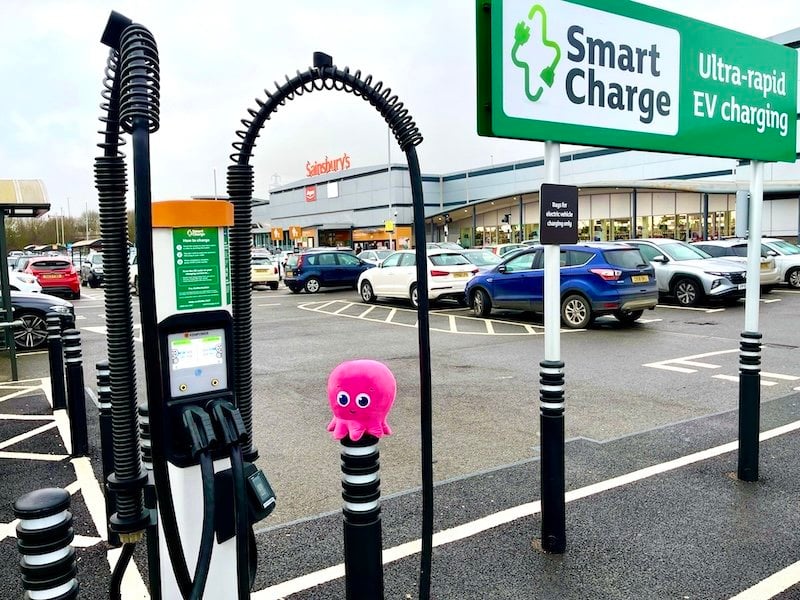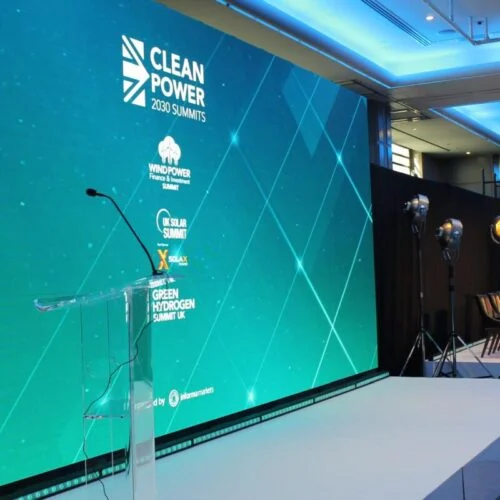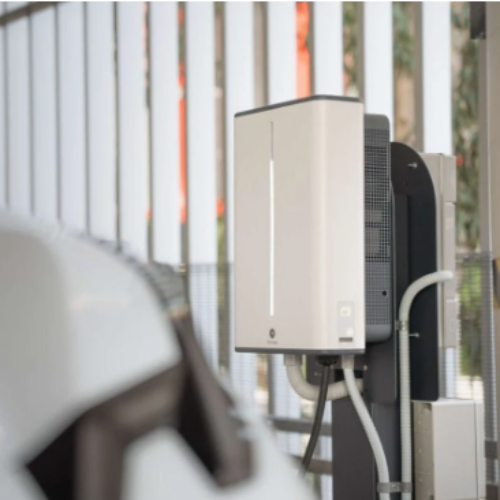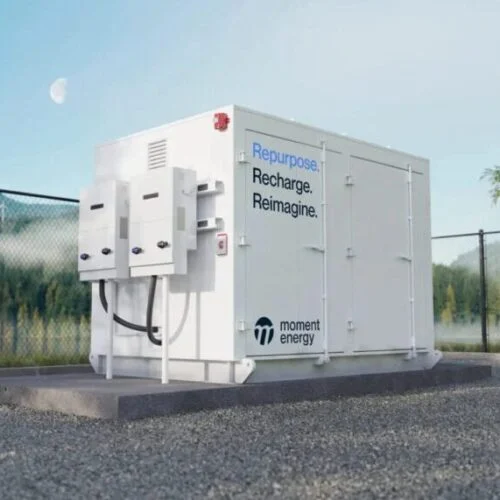Energy research institute the Centre for Net Zero (CNZ) has published the results of a trial that found dynamic pricing increases public EV charging during periods of electricity oversupply.
In partnership with Octopus Electroverse, utility Octopus Energy’s public EV charging platform, the randomised control trial, Batteries on Wheels: Incentivising Smart Electric Vehicle Charging Demand in Public Settings, monitored response to national ‘plunge price’ events.
CNZ was launched by OCtopus Energy in 2021, at the time dubbed the Octopus Centre for Net Zero (OCNZ).
By allowing drivers to benefit from lower wholesale prices at times when renewable energy generation is abundant, public EV charging can help to balance the electricity grid while providing a cheaper charge.
The trial demonstrated that smart EV charging can be effective in public settings, proving that price is a central factor in influencing consumer EV charging behaviour.
Key findings from the trial showed that a 40% price reduction led to a 117% increase in EV charging volumes across the whole network. A smaller, 15% discount increased charging demand by 30%. Notably, non-financial messaging had no effect on driver behaviour.
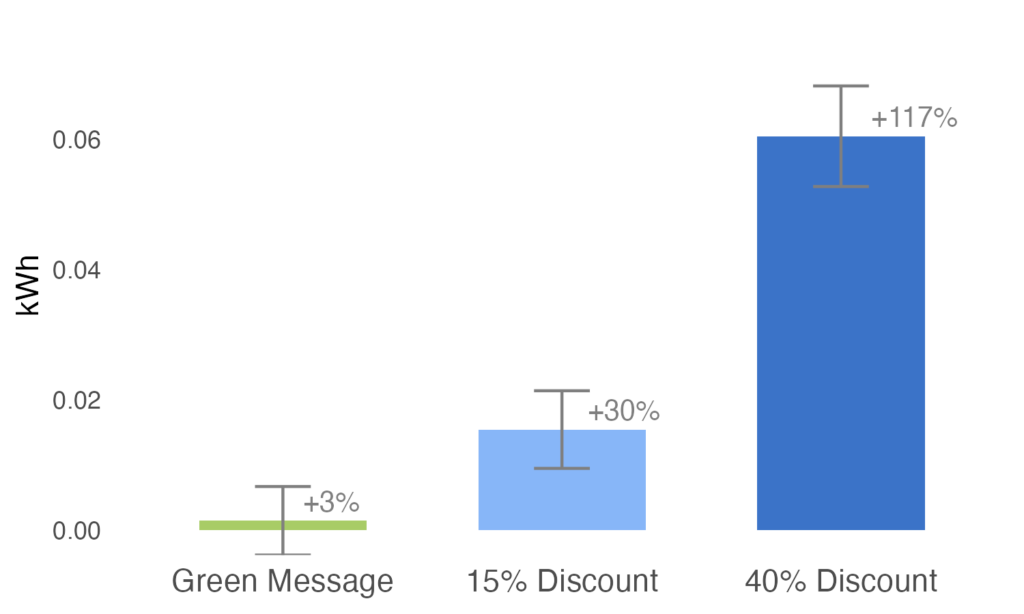
On average, lower-income areas responded more strongly, suggesting either that they stand to benefit more from flexibility events or that these drivers are less likely to have off-street parking.
Regional variations in response broadly aligned with charging infrastructure variation by region; cities were more responsive to price signals than more rural areas, where home charging is generally more common.
Dynamic pricing is often utilised in smart EV tariffs for at-home charging. Public EV charging is already more expensive than at home; CNZ says it can be up to 10 times more expensive, and that the disparity in availability and cost of public EV charging is a key inhibitor of widespread EV uptake.
Flexible EV charging to support the grid
There are dual benefits to a smart charging system for public EV charging: passing wholesale savings from high renewable generation to public chargepoints would improve EV affordability, incentivising adoption; and growing demand from the electrification of transport, as well as an influx of variable renewable generation, mean increased network pressure can be eased by responsive electricity use.
Previous research from CNZ has found that EV flexibility could absorb over 15TWh of otherwise wasted wind and solar by 2030.
CNZ CEO Lucy Yu said: “We’re entering the consumer era of energy, where behaviours matter as much as infrastructure.
“These findings offer a future where our vehicles can be a powerful tool that interacts with the grid, and can be charged smartly with cleaner, cheaper energy.”
Yu also noted the additional benefits that vehicle-to-grid (V2G) technology could provide as it advances.
As such, one of the key recommendations the CNZ makes to government and industry is to support and invest in V2G technology. This can increase the grid and consumer benefits of flexible charging, with EVs acting as mobile batteries that absorb and deploy energy depending on grid demands.
It also points out that more accurate price signals and granular public charging data will be required, so further delays to the implementation of the market-wide half hourly settlement (MHHS) is key.
As has been industry rhetoric for some time, CNZ also points out that public EV charging costs could be reduced if the VAT rate was brought down to align with the VAT charged on at-home charging—currently at home charging has a VAT charge of 5%, while public is set at 20% VAT.
The report also references electricity market reform, stating: “Wholesale electricity markets must be designed to better reflect the value of energy at a specific time and location.”
Although the report is agnostic as to whether this would be delivered by zonal electricity pricing or reform to the national market, Octopus Energy vocally supports the former option.
